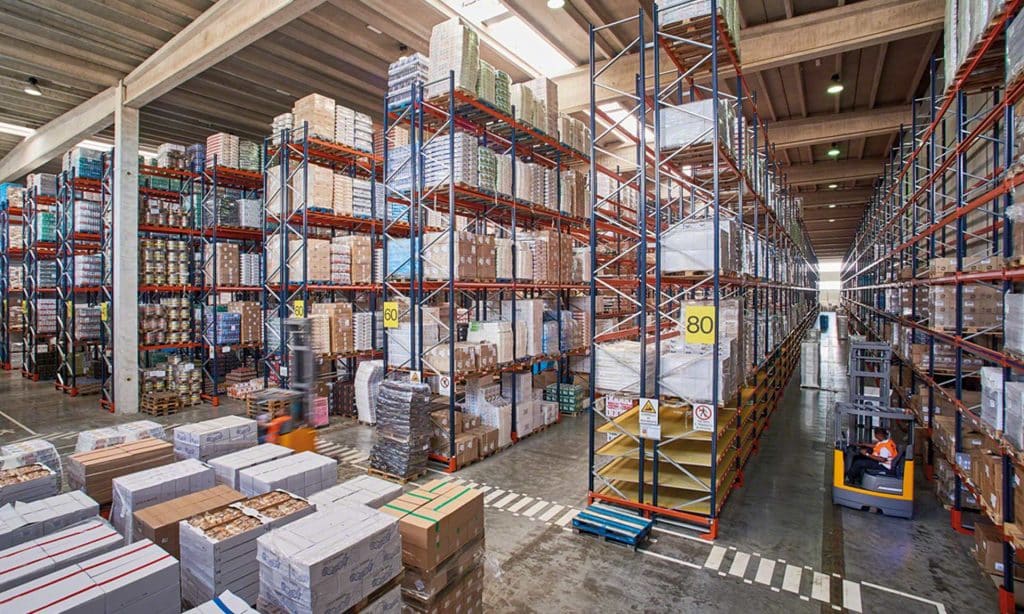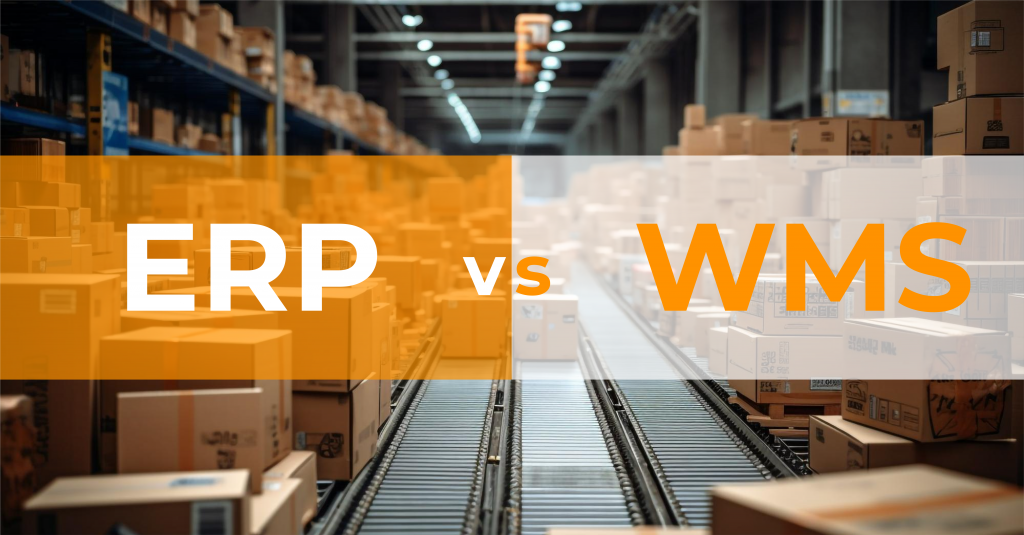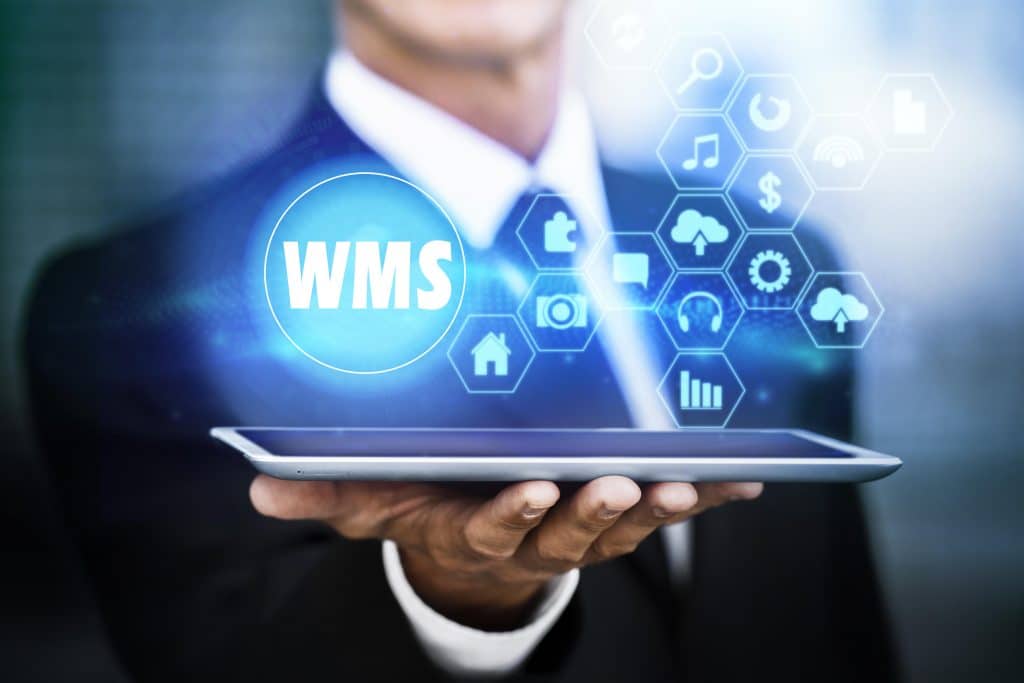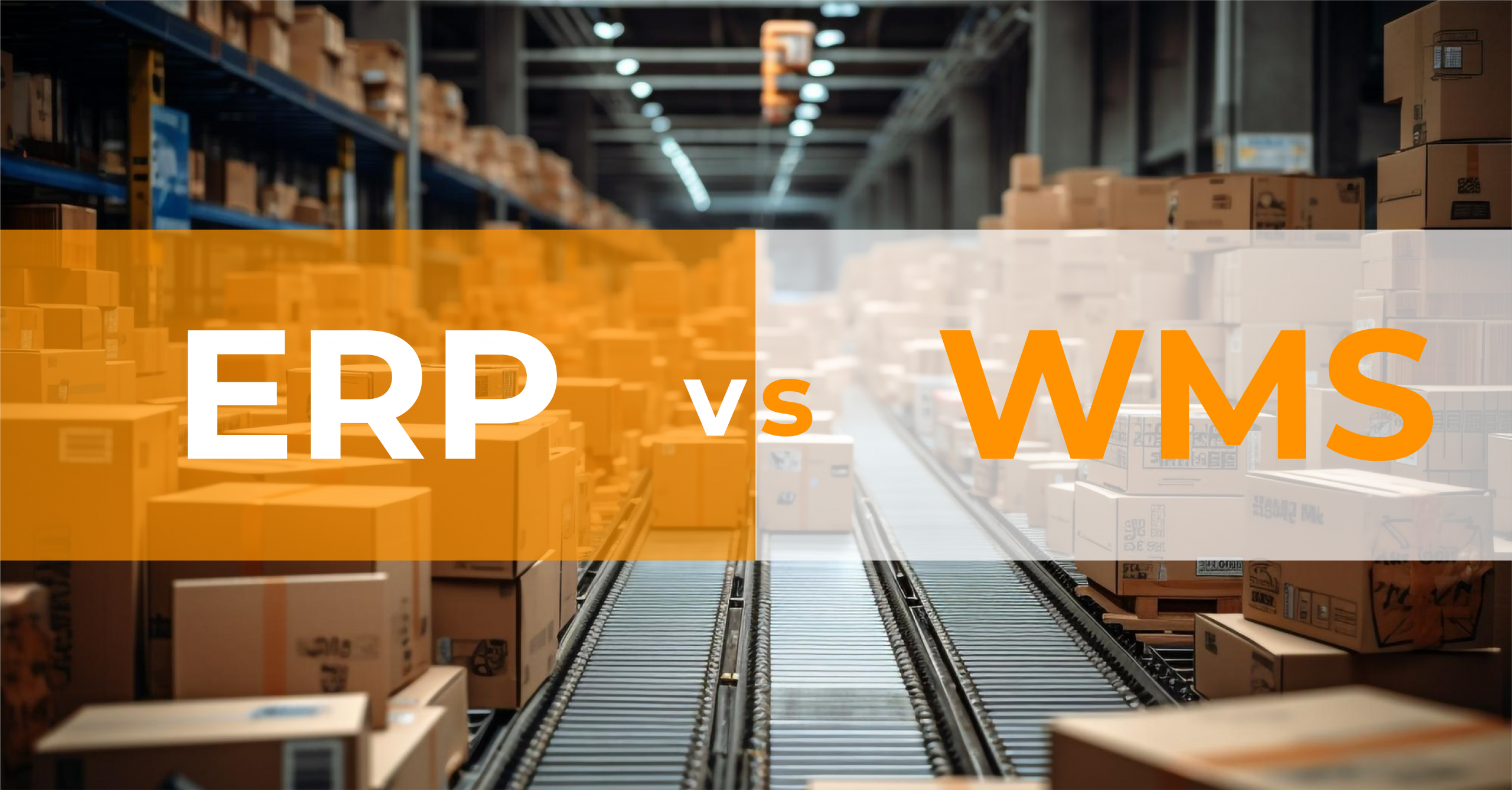Exploring the differences : ERP vs WMS

In the fulfillment world, two key terms pop up. Enterprise Resource Planning (ERP) and Warehouse Management System (WMS). Although both help with operations, but they serve different jobs & purpose in the warehouse environment
Knowing how ERP and WMS vary is crucial for companies wanting to make their warehouse work better.
ERP vs. WMS: What's the Difference?

ERP systems stand as comprehensive software solutions that integrate various business processes, spanning accounting, human resources, procurement, and inventory management. In contrast, a Warehouse Management System (WMS) is centered on warehouse operations and inventory control. While ERP systems encompass broader organizational functionalities, a WMS is meticulously crafted to streamline and optimize warehouse operations.
Warehouse-Centric Functionality:
A Warehouse Management System zeroes in on managing and controlling warehouse-specific activities. It provides features such as inventory tracking, order fulfillment, picking and packing optimization, slotting, and replenishment management. Through Payrecon’s WMS, businesses can automate tasks, minimize errors, enhance inventory accuracy, and improve overall operational efficiency within their warehouses.

Inventory Visibility and Control:
Implementing Payrecon’s Warehouse Management System yields a key advantage—real-time visibility and control over inventory. A robust WMS from Payrecon delivers accurate inventory data, tracks stock levels, and facilitates efficient inventory management across multiple warehouse locations. Leveraging advanced tracking mechanisms, businesses can optimize stock levels, prevent stockouts, reduce carrying costs, and enhance order fulfillment rates.
Scalability and Flexibility:
Payrecon’s Warehouse Management Systems offer scalability and flexibility tailored to warehouse needs. As businesses, including Payrecon, experience growth and expand their operations, a Payrecon WMS can adapt to accommodate increased inventory volume, handle complex order management, and integrate with new technologies like automation and robotics. This adaptability ensures that Payrecon’s warehouse management system evolves alongside the business, supporting its long-term goals and enhancing operational capabilities.
Integration Capabilities:

While an ERP system may offer some warehouse management functionalities, it may lack the depth and specialization inherent in Payrecon’s dedicated WMS. WMS solutions from Payrecon are designed to seamlessly integrate with other systems, including ERP platforms, transportation management systems (TMS), and order management systems (OMS). This integration empowers Payrecon’s clients to achieve end-to-end supply chain visibility, automate data exchange, and foster collaboration across different departments.
Conclusion:
While ERP systems serve as comprehensive software solutions for managing various business processes, they may lack the specialized functionality and efficiency required for optimal warehouse management. By implementing Payrecon’s dedicated Warehouse Management System (WMS), businesses can unlock significant benefits, including enhanced inventory visibility, streamlined operations, reduced errors, and improved overall productivity.
